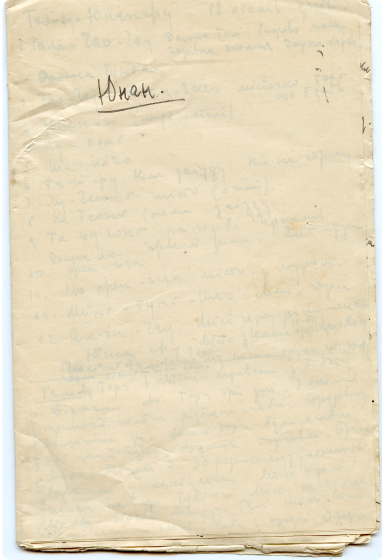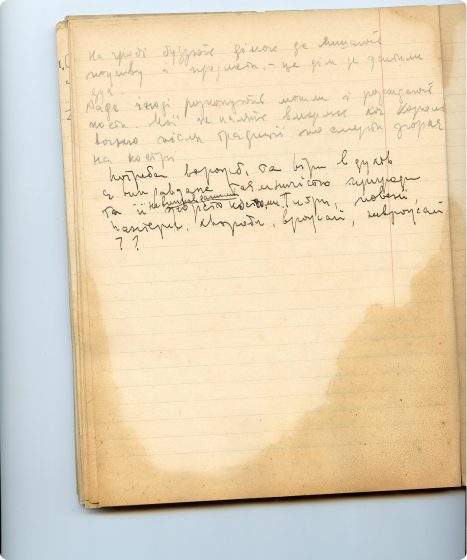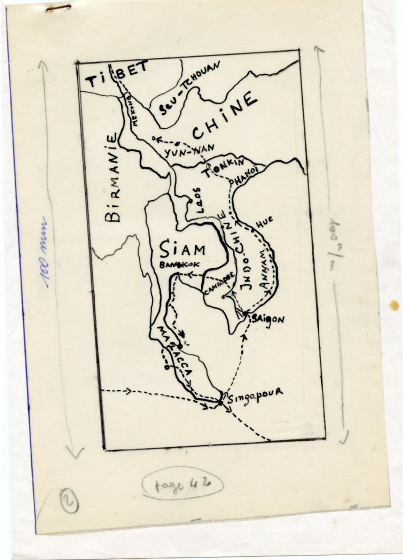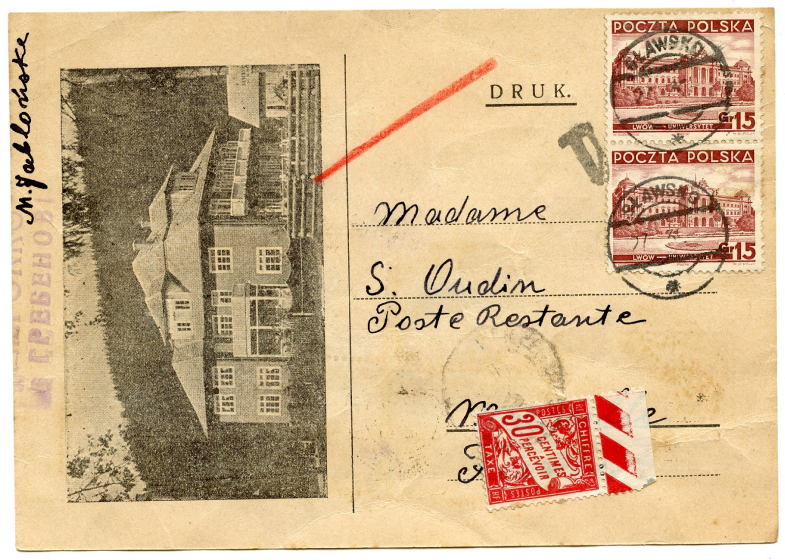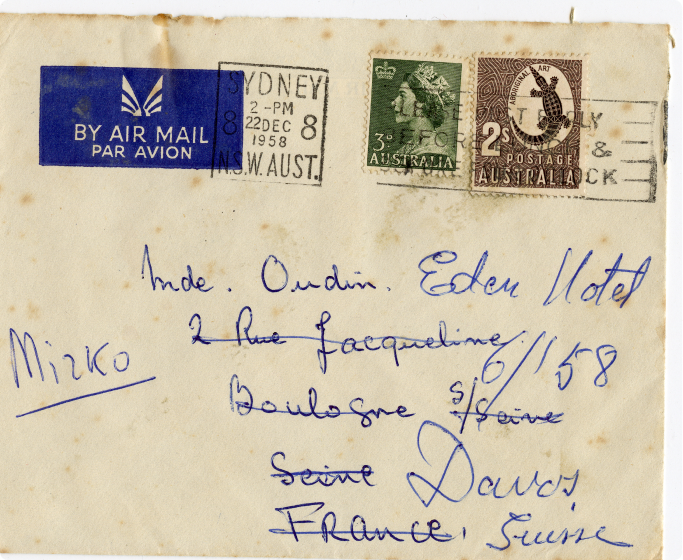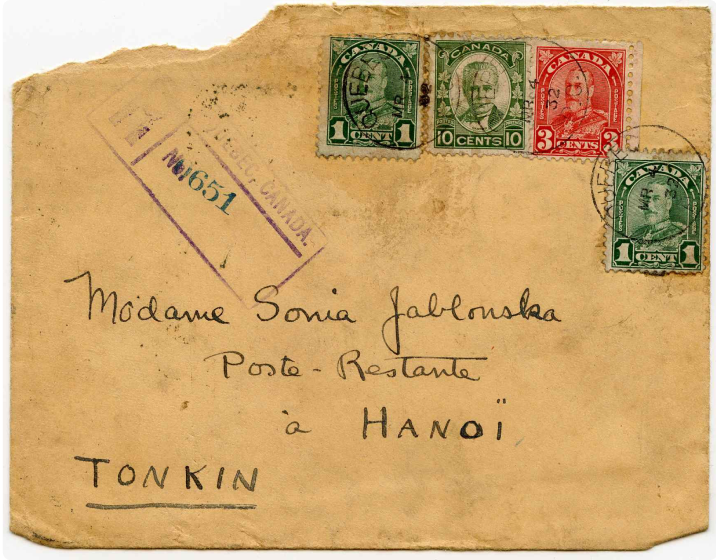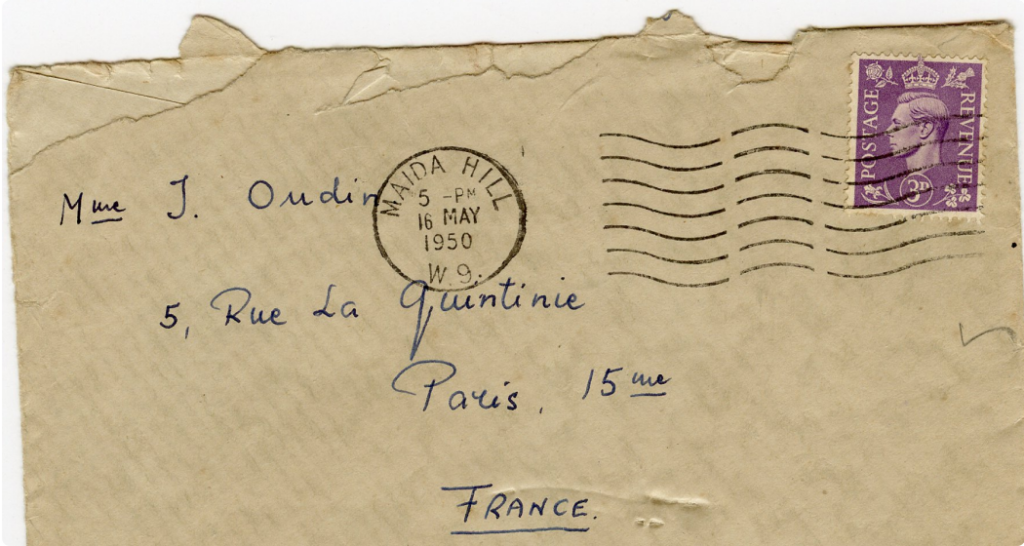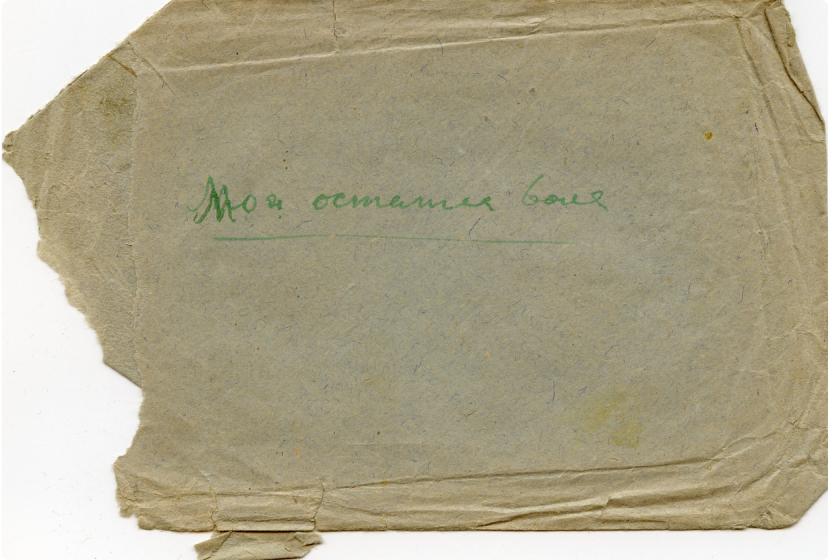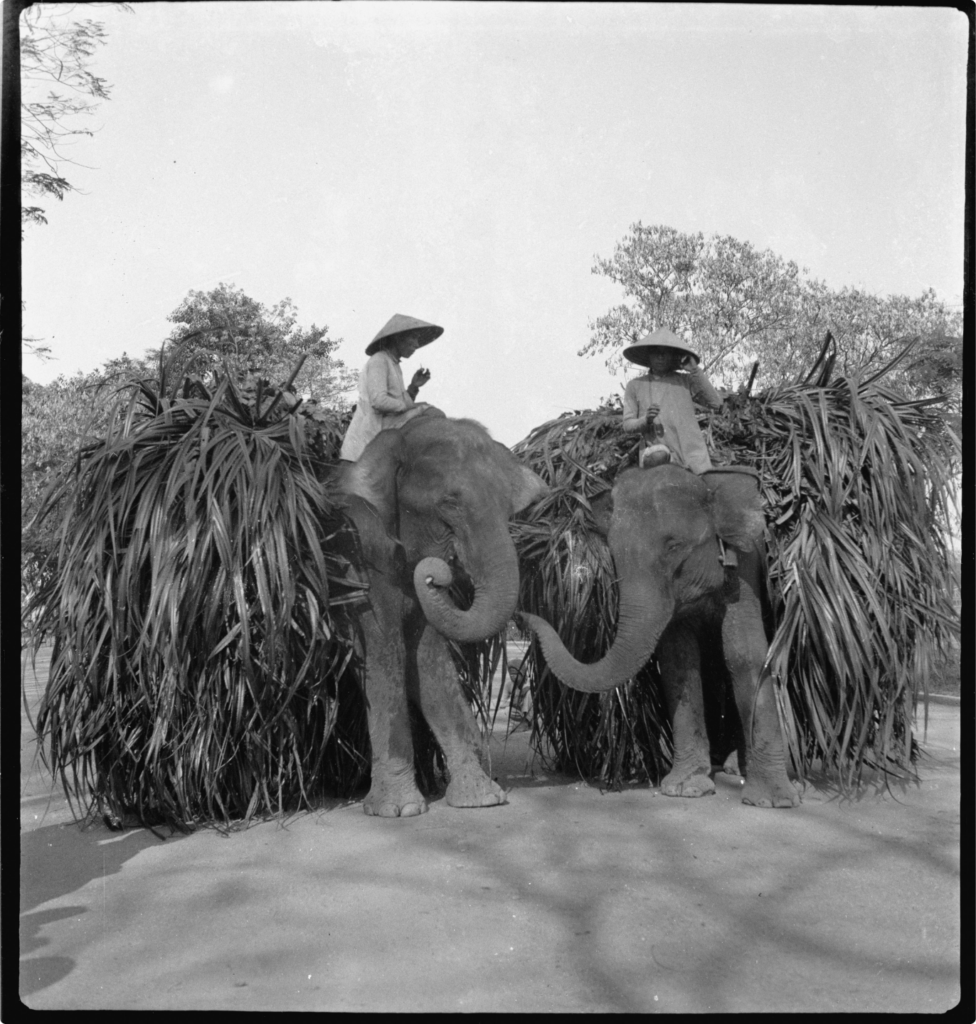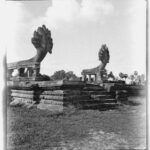SOFIA YABLONSKA WAS A WRITER, JOURNALIST, CINEMATOGRAPHER, PHOTOGRAPHER, AND THE FIRST UKRAINIAN WOMEN TO TRAVEL AROUND THE WORLD AND WRITE ABOUT HER JOURNEY.
PERSONALITY
By coming up against other cultures, Yablonska approached the very limits of language, approached what can be experienced, but not described. It is no coincidence that her texts were accompanied by dozens of her photographs, which she risked her life for more than once. She was helped in this by her own atypical position—her awareness of herself as a European and representative of Western culture associated with a position of strength and power, and at the same time, as a Ukrainian, a representative of a subjugated and oppressed people.
She managed to go beyond the “oriental trap,” egocentrism, and ethnocentrism. People from different cultures and social groups will appear in her photographs and film chronic made during her travels. They will be depicted feeding a child or cooking, during street trading or forest bathing, in everyday life or during a holiday. Mostly they will look directly into the lens of the movie camera, with interest or approval.
Olena Haleta
Doctor of philological sciences, professor of the Ivan Franko National University of Lviv and Warsaw University, visiting professor of the Ukrainian Catholic University. Member of the Ukrainian PEN.

FOUNDATION
The foundation organizes the works of Sofia Yablonska, prepares them for modern publications and exhibitions. One of the founders of the foundation is Natalie Yablonska Oudin, a representative of the Oudin family, who are the sole right holders and descendants of Sofia Yablonska's legacy.
We are absolutely open to cooperation with national and international institutions in the field of the heritage of Sofia Yablonska — organizing exhibitions, translating texts, creating publishing and art projects, etc.
SUPPORT OUR ACTIVITIES
To support the activities of the organization, you can make a charitable contribution to our account. Learn more about our huge ambitions.
THE FOUNDATION PRESERVES AND EXHIBIT THE LIFE, ART, AND IDEAS OF ONE EXTRAORDINARY PERSON — SOFIA YABLONSKA.
PARTNERS




MANUSCRIPTS
While working in the archive, we found hitherto unknown journalistic and artistic texts in French, as well as Ukrainian and French notes to the published texts. The Foundation plans to scientifically process and publish these texts as part of a complete biography of Sofia Yablonska or as separate books.
MORE MANUSCRIPTS AVAILABLE
If you are interested in information about a specific text, the person, and the possibility of publishing the work, please write to us.
MY READY SUITECASES WERE AMICABLY LEANING AGAINST THE WALL, NEAR THE DOOR. I RECONCILE THE MISCALCULATIONS OF THE HEART WITH THE OLD YEAR AND WITH THE WHOLE PAST. “I HAVE” – NOTHING. “BLAME” – NO ONE!
CORRESPONDENCE
In the archive you can find correspondence from Irene Champigny, Сhristian Сaillard, Alain Grandbois, Eugene Dabit, Banine, Leon Lipshits, Lina Malytska, Lidia Burachynska, Olena Kysilevska, Stepan Levynskyi, Volodymyr and Rozalia Vynnychenko, Mykhailo Rudnytskyi and many others.
MORE CORRESPONDENCES AVAILABLE
If you are interested in information about a specific text, the person, and the possibility of publishing the work, please write to us.
FILMS
This excerpt is a compilation, edited from various films, to present the available footage and provide an understanding of the material preserved in the artist’s personal archive.
MORE VIDEOS AVAILABLE
If you would like to view the entire film collection or use an excerpt, please message us with your request.
PHOTOS
SWITCH TO AI COLOR PHOTO MODE
The text that the photos are colored by artificial intelligence and do not claim to be true. The photo coloring was made by the cultural startup Ukraine in Color.
MORE PHOTOS AVAILABLE
If you want to receive a complete list of photo materials, please contact us, we will be happy to help you.
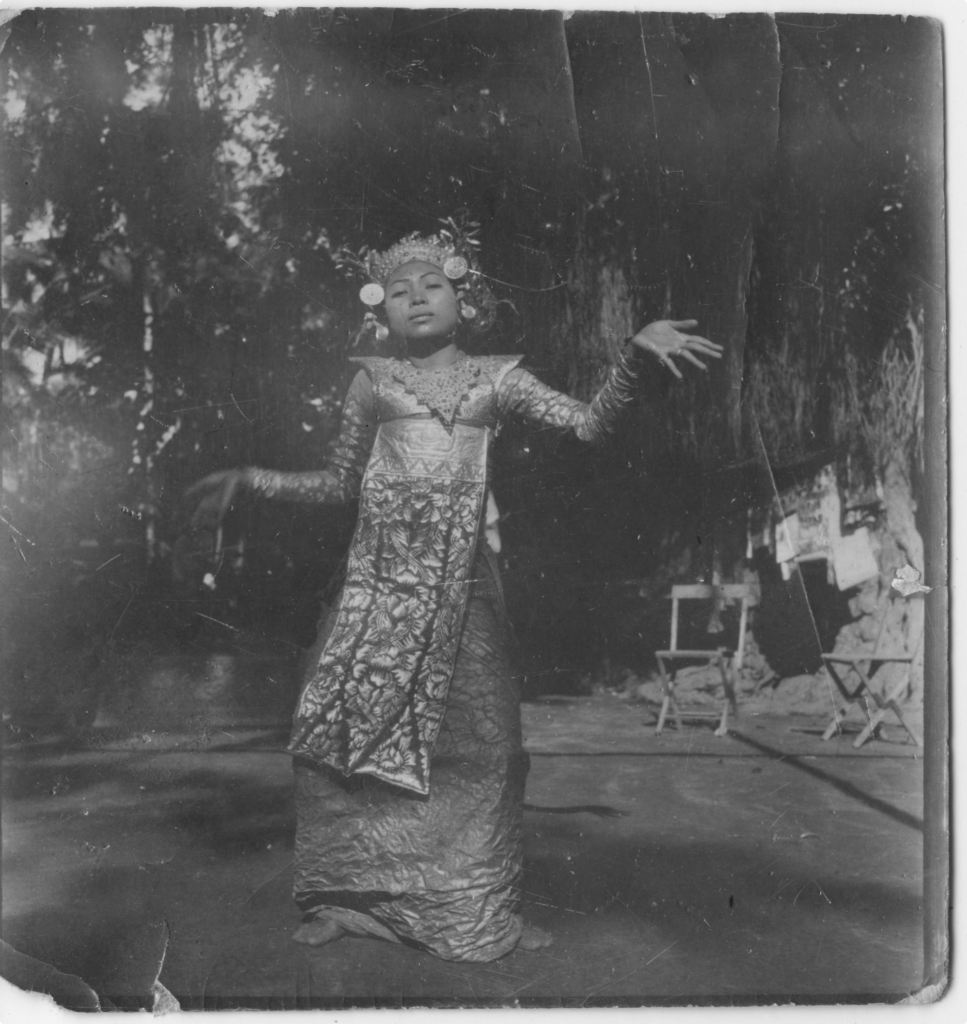
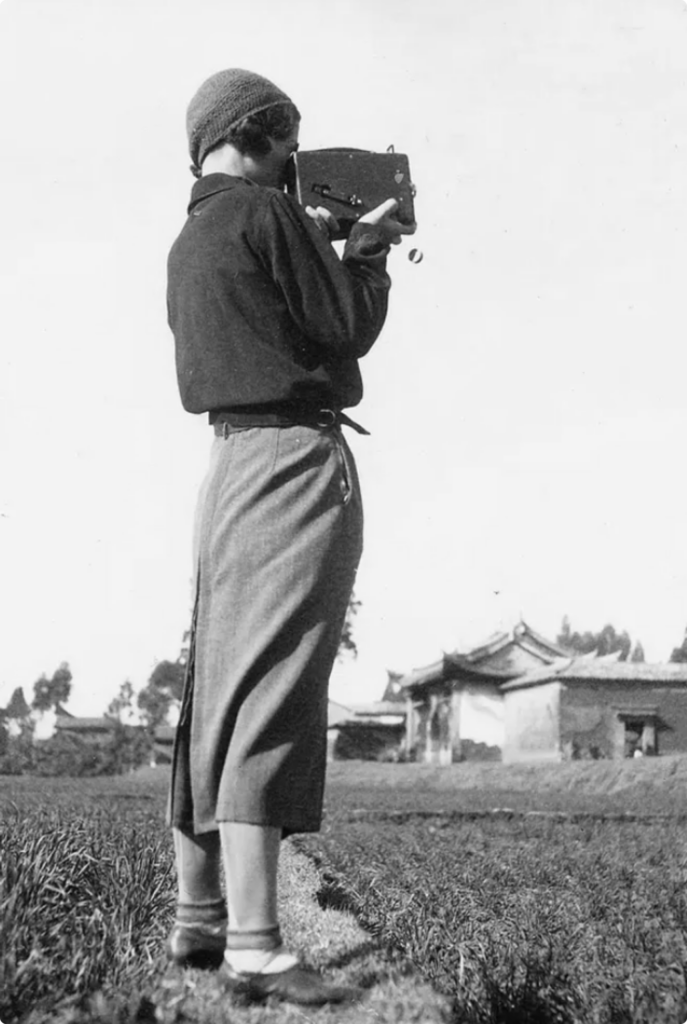


CHRONOLOGY
1907
Born on May 15 in Hermaniv (now Tarasivka), near Lviv, Sofia Yablonska, affectionately called Zoika in her childhood, was the youngest of five children in the family of Ivan Yablonsky, a Greek Catholic priest. She spent her childhood in the village of Yalynkuvate in the Carpathians, where her father had a parish.

Modesta Yablonska (Ulvarska), the mother of Sofia.
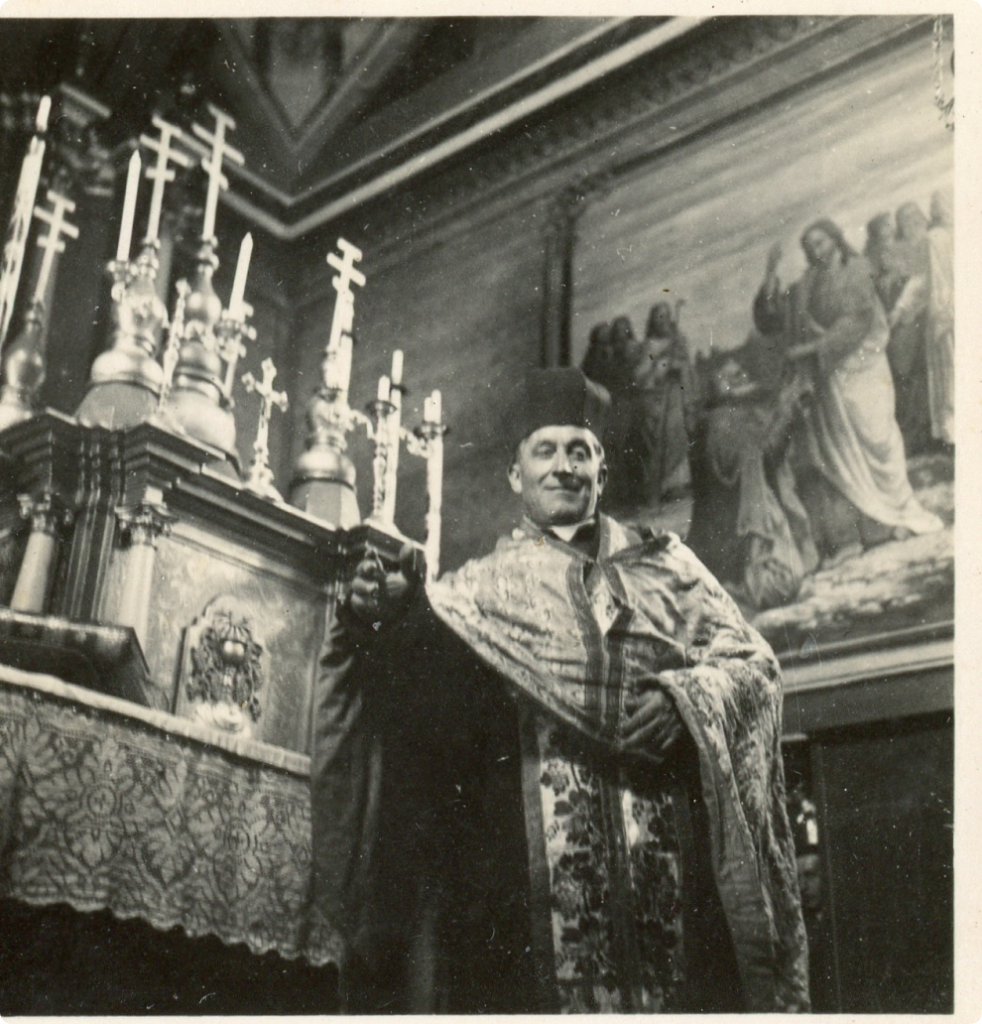
Ivan Yablonsky during a service in the church. The location and date are currently unknown.

Ivan Yablonsky (1869), the father of Sofia Yablonska

The Yablonsky family: Olha, Yaroslav, Myroslav, Mariyka, Modesta, and Sofia.
1922-1926
Sofia takes the entrance exam for the first year of the teacher’s seminary, but doesn’t remain long. At that time, she also attended a one-year course in commercial activities for women at the National Commercial Academy in Lviv (Panstwowa Akademia Handlu we Lwowie) and studied at the Drama School in Lviv (part of the Conservatory of the Polish Music Society). In 1926, she received a response from the Louis Paglieri School of Cinematic Arts in Paris, outlining the financial and organizational conditions for her studies.
Back then, Sofia met Olena Kysilevska, a prominent leader of the women’s movement in Galicia, who played an important role in Sofia’s later publishing efforts. They were friends for years, and Sofia’s texts were published in the magazines edited by Olena Kysilevska.

Document concerning attendance at the Drama School in Lviv from September 1, 1925, to July 1, 1926.

Village of Hrebeniv, Villa Morocco. Olena Kysilevska, Olga Yablonska, Sofia Yablonska, Ivan Yablonsky, Modesta Yablonska, unknown, Yaroslav Nanovsky, Roman Radkevich, names of the children – unknown. The date is currently unknown.
1927
Moves to Paris to study acting. She met and became friends with artists, particularly those from the Groupe du Pré-Saint-Gervais – Christian Сaillard, Irène Champigny, Eugène Dabit, Béatrice Appia etc and Alain Grandbois . The archive contains her correspondence with these artists. She also maintains close relationships with Ukrainians living in Paris, in particular with Roman Turin, Stepan Levinsky, and Volodymyr Vynnychenko.
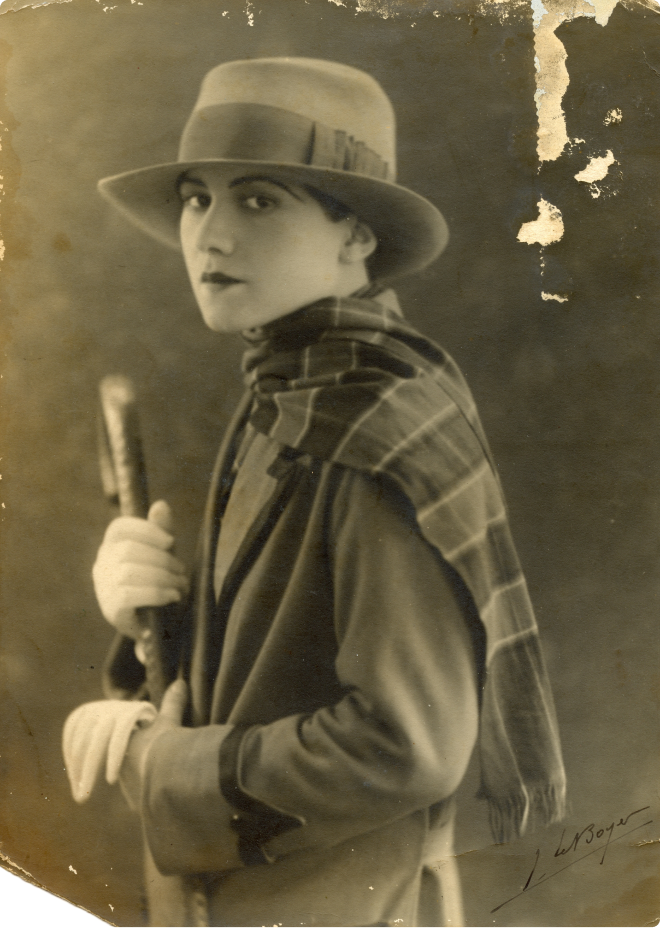
Sofia Yablonska, Paris, 1927

Sofia Yablonska. The location and date are currently unknown.

The letter from Roman Tyrin to Sofia Yablonska, 21.06.1936

Christian Сaillard. The location and date are currently unknown.
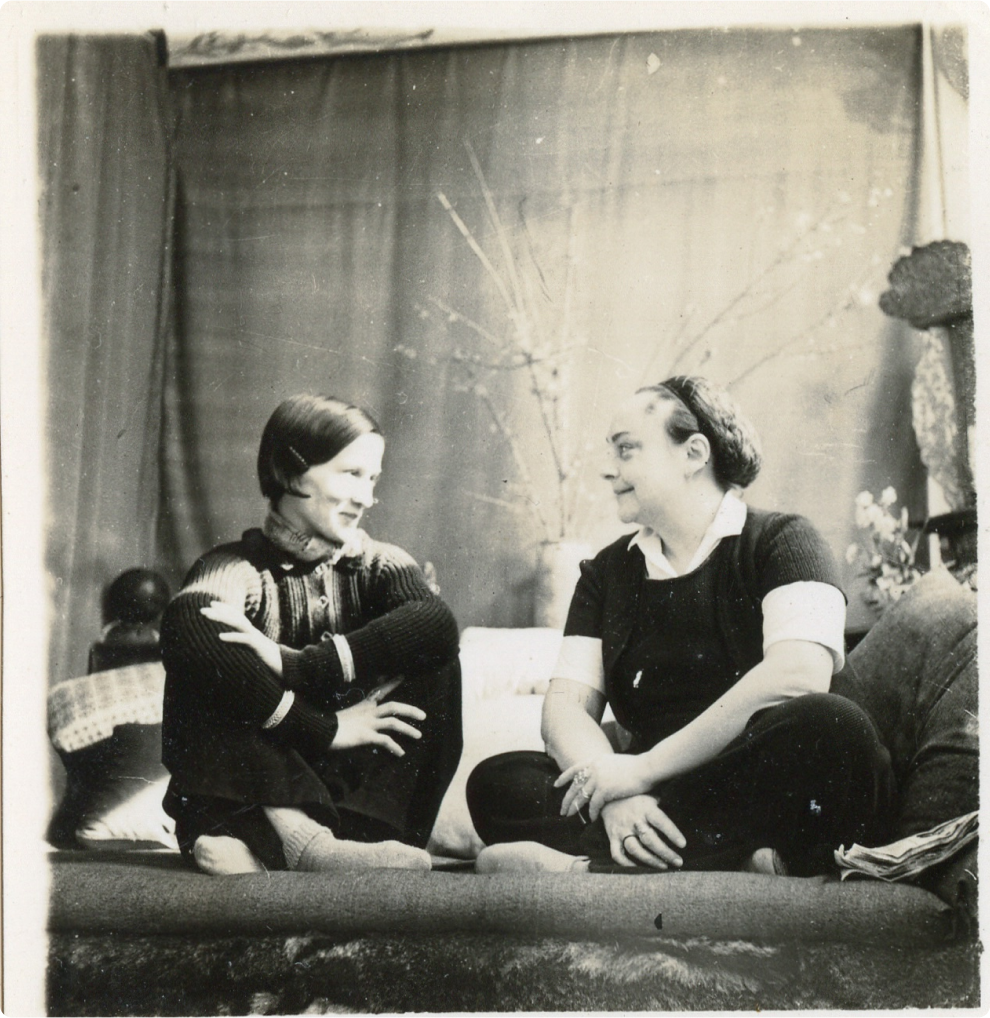
Irene Champigny and Sofia Yablonska in Sofia’s house in Asia. The exact location and date are currently unknown.

The letter from Volodymyr Vynnychenko to Sofia Yablonska, 13-14.7.1928
1929
Travels on a three-month trip to Morocco, realizing a passion for travel and literature. Collects savings for a film camera with the help of family business, with the goal of filming advertising footage in the French colonies.
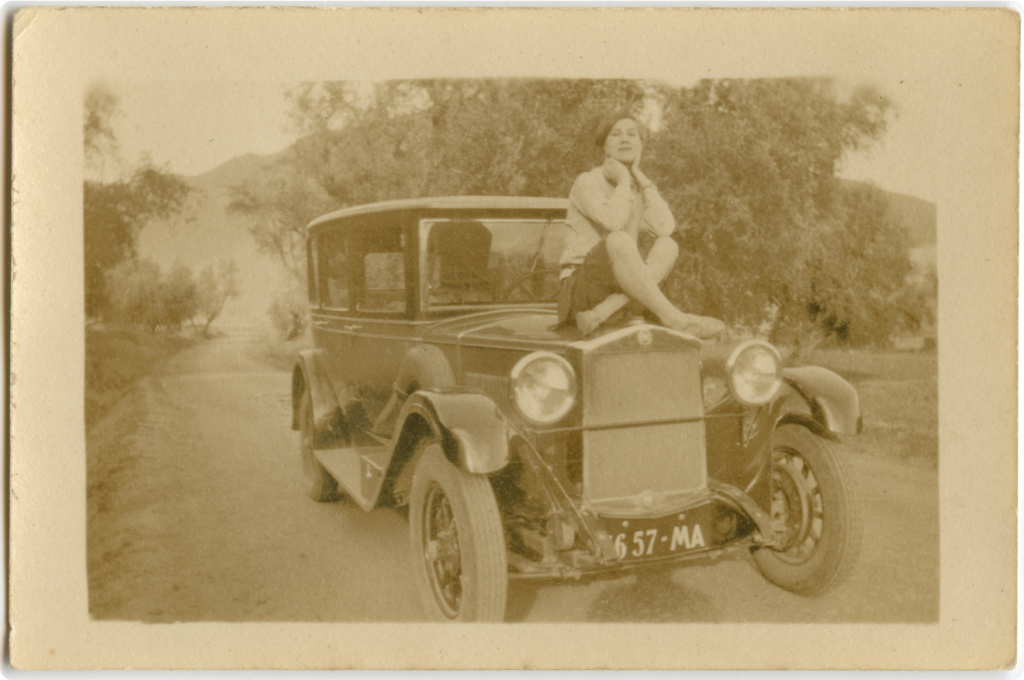
Sofia Yablonska during her trip to Morocco, 1929

The photo made by Sofia Yablonska during her trip to Morocco, 1929

Sofia Yablonska during her trip to Morocco, 1929
1931
Sofia sets out on her dream trip around the world, and to be able to financially support herself, signs a contract with the Yunan Fu Wholesale Company to shoot short documentary narratives. While traveling throughout Asia, settled in China to work on still photography and film projects and the first travelog.

The photo made by Sofia Yablonska during her trip to Asia. The exact location and date are currently unknown.

Sofia Yablonska during her trip to Asia. The exact location and date are currently unknown.
1932
Char Marokko (The Charm of Morocco), Sofia’s first book of travels, is published by Shevchenko Scientific Society (Lviv). Thanks to this book, Sofia became popular and began publishing excerpts from her subsequent travelogs in the Galician press. Mikhail Rudnytsky, a literary critic, became Sofia’s editor and literary agent.
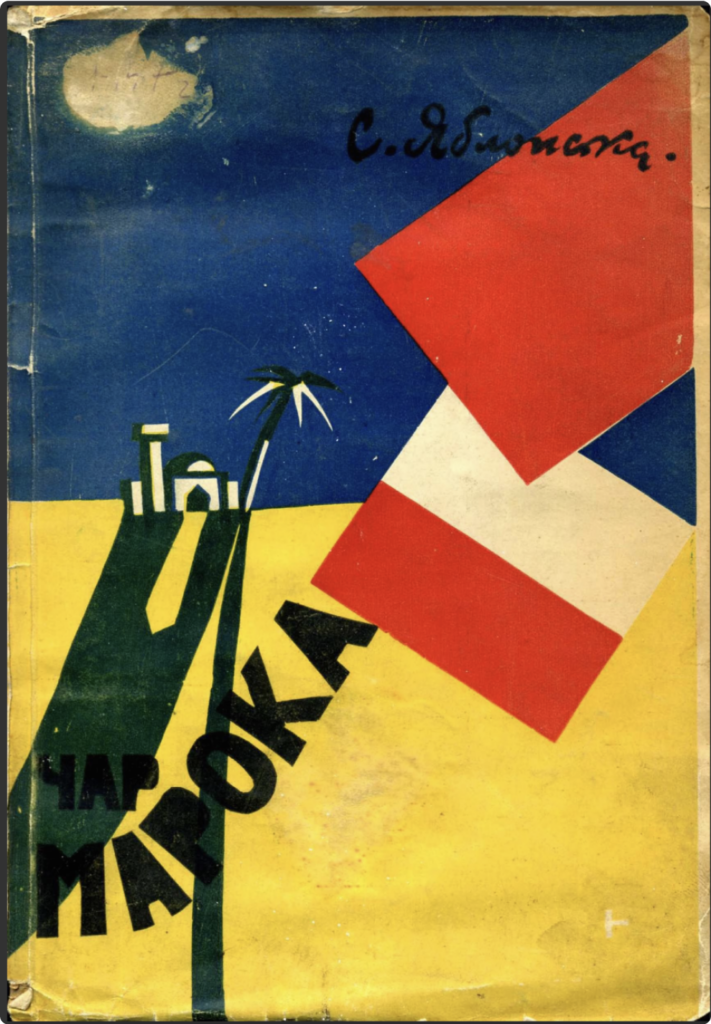
The cover of the travelog “Char Maroca” designed by Roman Turin.
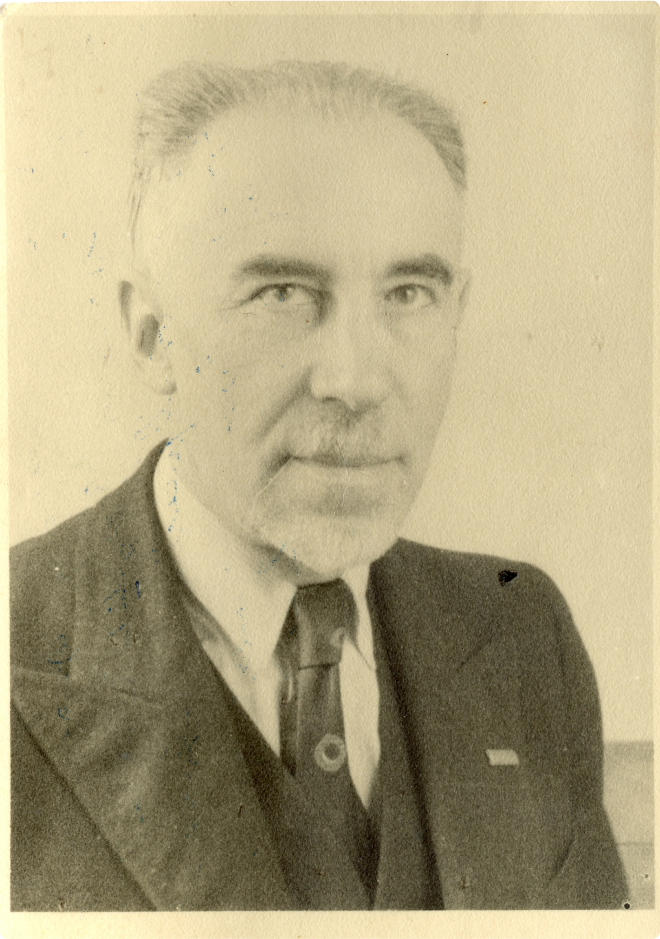
Mykhailo Rudnytsky, 1965.
1934
Travels to Australia, Bali, Java, Malaysia, New Zealand, Siam (now Thailand), and Tahiti, where Queen Marao invites Sofia to adopt the Tahitian way and calls her Teura, or “red bird.” Sofia befriends Matai, a resident and main actor in F.W. Murnau’s cult film, Taboo (1931) and French explorer Alain Gerbaud, first to circumnavigate the globe on a sailboat.

Sofia Yablonska among Tayitanians, probably 1934.
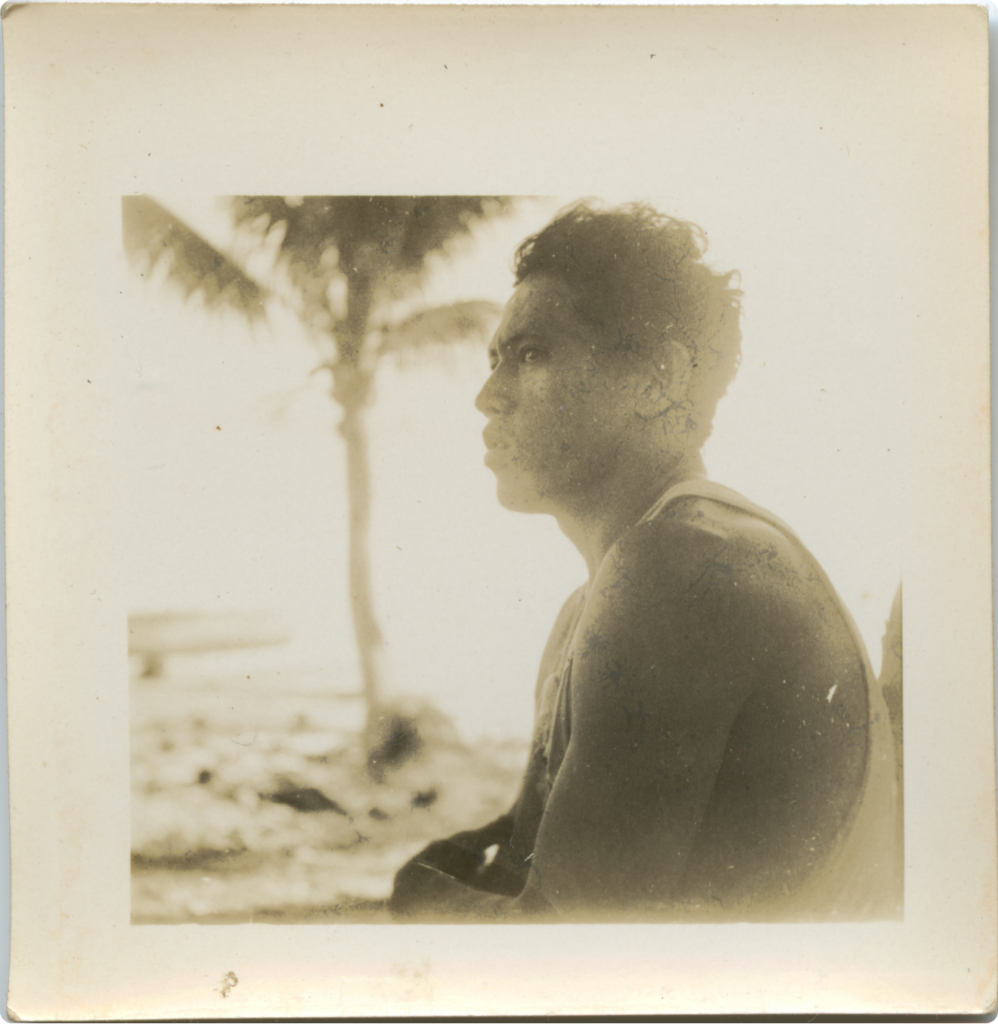
Matai, a main actor in F.W. Murnau’s cult film, Taboo, probably 1934.

Alain Gerbaud among Tayitanians, probably 1934.

The photo was taken by Sofia Yablonska during her trip to New Zealand, probably in 1934.
1935
Marries Jean-Marie Oudin. The couple lived in China and Vietnam for eleven years. In 1936, she was elected secretary of the International Club of Europeans in Yunnan Province.
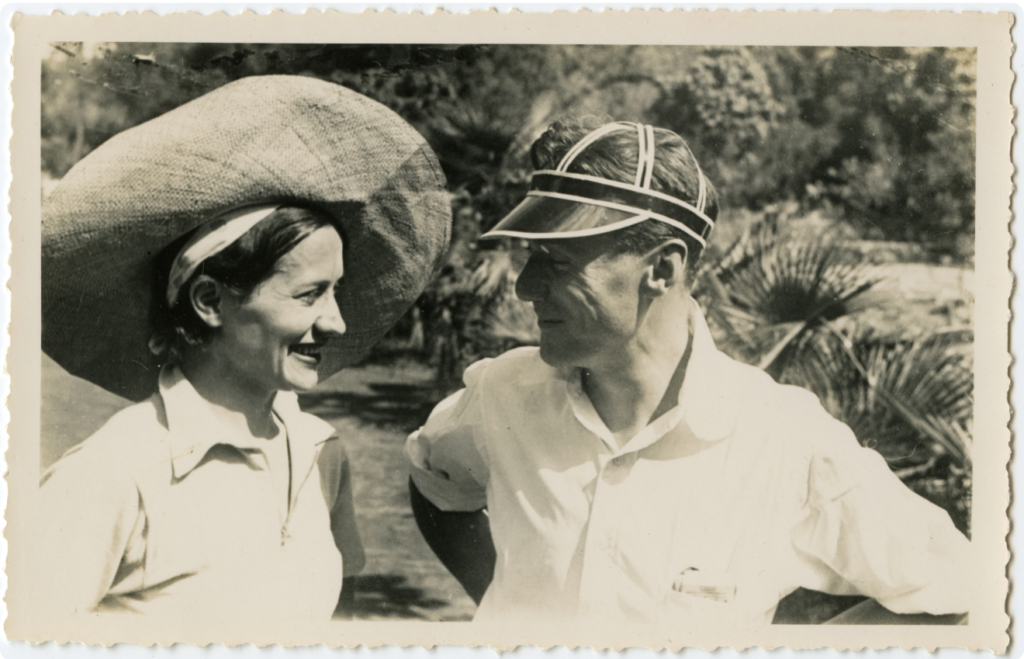
Sofia Yablonska and Jean-Marie Oudin, probably 1932-1934.

Sofia Yablonska during her trip to Asia. The exact location and date are currently unknown.
1936
Z krayiny ryzhu ta opiyi (From the Land of Rice and Opium), the trevaloq about China, is published in Lviv (Biblioteka Dila).

The cover of the travelog “Z krayiny ryzhu ta opiyi (From the Land of Rice and Opium”.
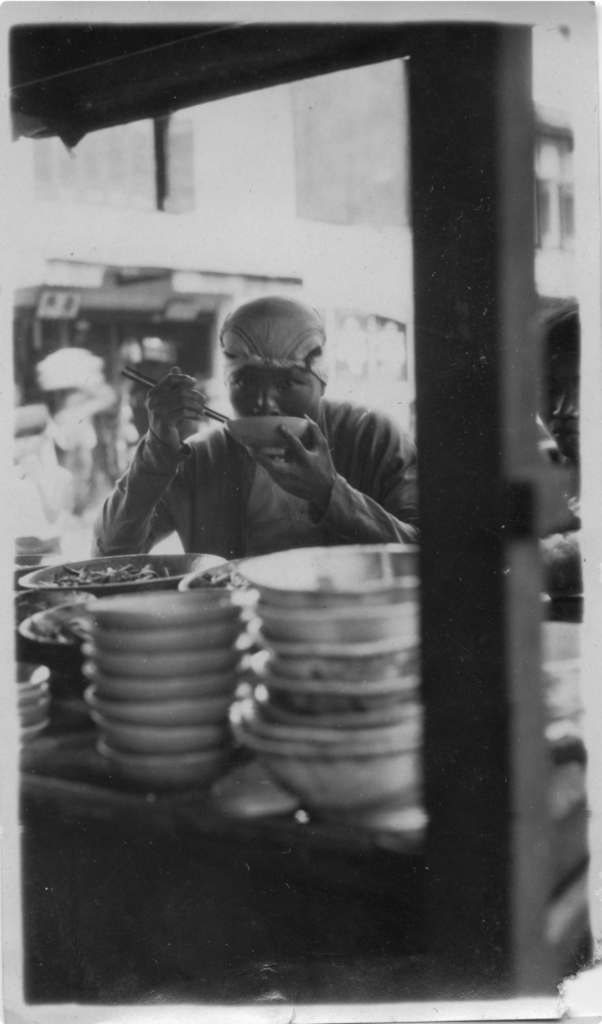
The photo was taken by Sofia Yablonska in China. The exact location and date are currently unknown.

Sofia Yablonska and Jean-Marie Oudin. The other people in the photo and the date are currently unknown.
1939
Sofia visits Galicia for the last time, where she gains popularity from her travel and magazine writings, giving readings and visual presentations from distant travels. Daleki obriyi (Distant Horizons) is published in Lviv (Biblioteka Dila).
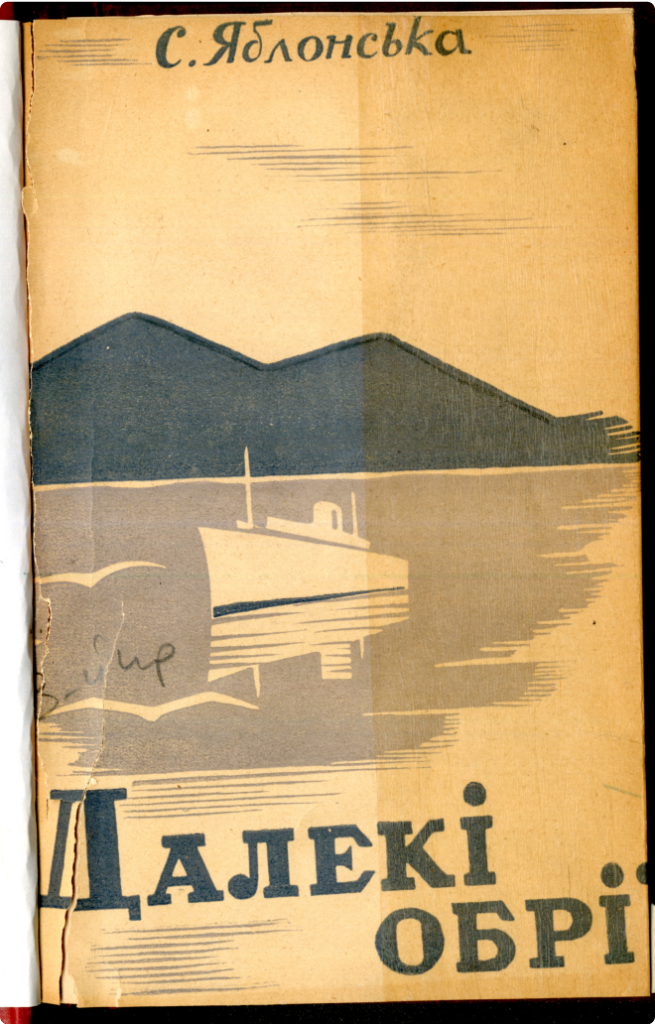
The cover of the travelog Daleki obriyi (Distant Horizons).

Sofia Yablonska-Oudin, Jean-Marie Oudin, Krynitsia, 1939

Yaroslav Yablonsky, Modesta Yablonska, Sofia Yablonska-Oudin, Jean-Marie Oudin, Krynitsia, 1939
1950
Oudin family returned to Europe, settled in Paris. In 1955 The family moved to Noirmoutier, a tidal island in the Atlantic off the coast of France. Sofia takes up practicing architecture, designing their house. In Noirmoutier, Sofia remains engaged in literature, organizing her writings, translating them into French. She’s assisted by Marta Kalytovska, whom Sofia met at the Shevcheko Society building in Sarcelles, outside of Paris. Begins to write her most important work, a memoir about her formative years and family relations, Knyha pro batka. Z moho dytynstva (Book About My Father. From My Childhood), published posthumously in 1977, in France, with the help of Yuriy Stefanyk and Marta Kalytovska.

The cover of the book of Sofia Yablonska designed by Yakiv Hnizdovsky.

Sofia Yablonska. The exact date are currently unknown.
1971
Dies on February 4 in a car accident while delivering her new short stories and essays, Dvi vahy – dvi miry (Two Weights – Two Measures) to her publisher in Paris.
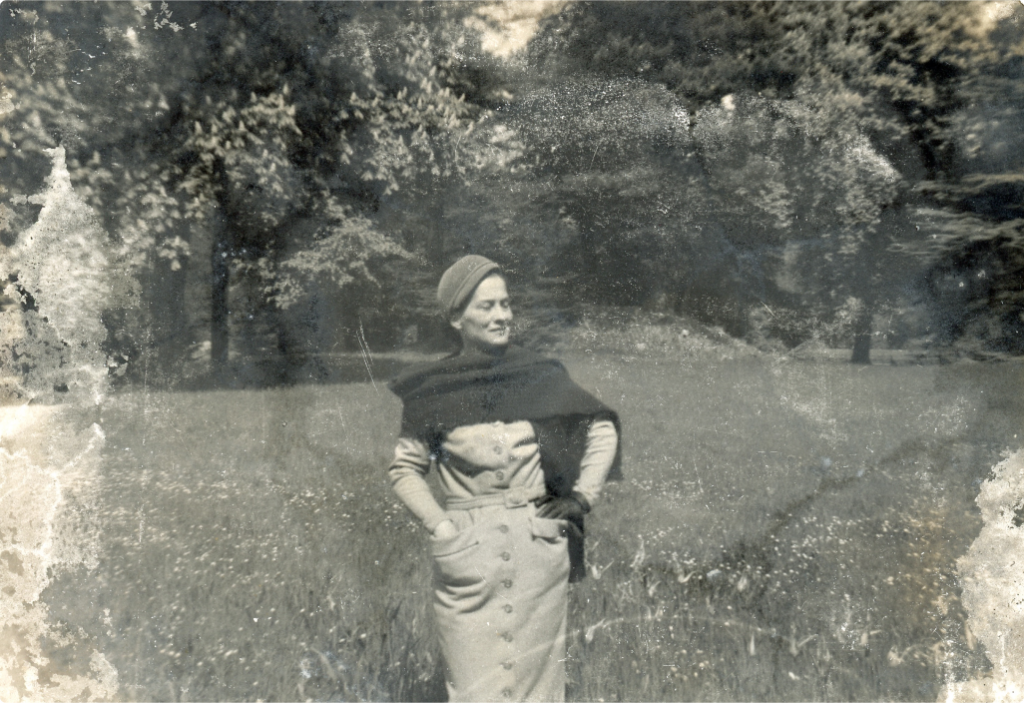
Sofia Yablonska in Parc Bagatelle, one of her favorite places in Paris. The exact date is unknown.
EVENTS
UPCOMING
SPRING 2025
JOURNÈES DE LA CULTURE UKRAINIENNE
Villers-sur-Mer en Normandie
UPCOMING
SPRING 2025
PHOTO EXHIBITION OF SOFIA YABLONSKA
Lviv

PAST
12.09.2022 - 1.03.2023
TEURA: AN INTIMATE PORTRAIT OF SOFIA YABLONSKA
Ukrainian Institute of America 2 East 79th Street NYC

HAVE EXCITING IDEAS FOR EVENTS?
We are absolutely open to cooperation and will be happy to help you.
MEDIA

WE NEED YOUR SUPPORT
To support the activities of the organization, you can make a charitable contribution to our account.
The main goal of the Foundation is to create a digital archive to find, copy, digitize, catalog and make available to researchers a huge unique treasure – the jade – of Ukrainian culture.
CONTACT
Her status as member of a then stateless nation made her especially sensitive to national and social inequality among the communities she described.






